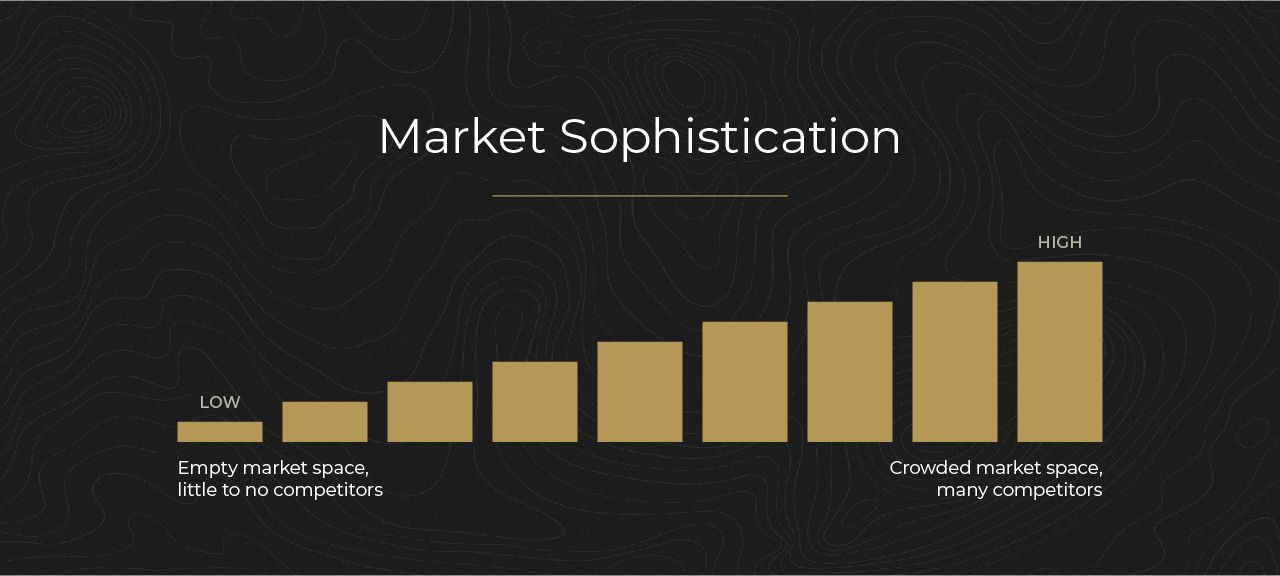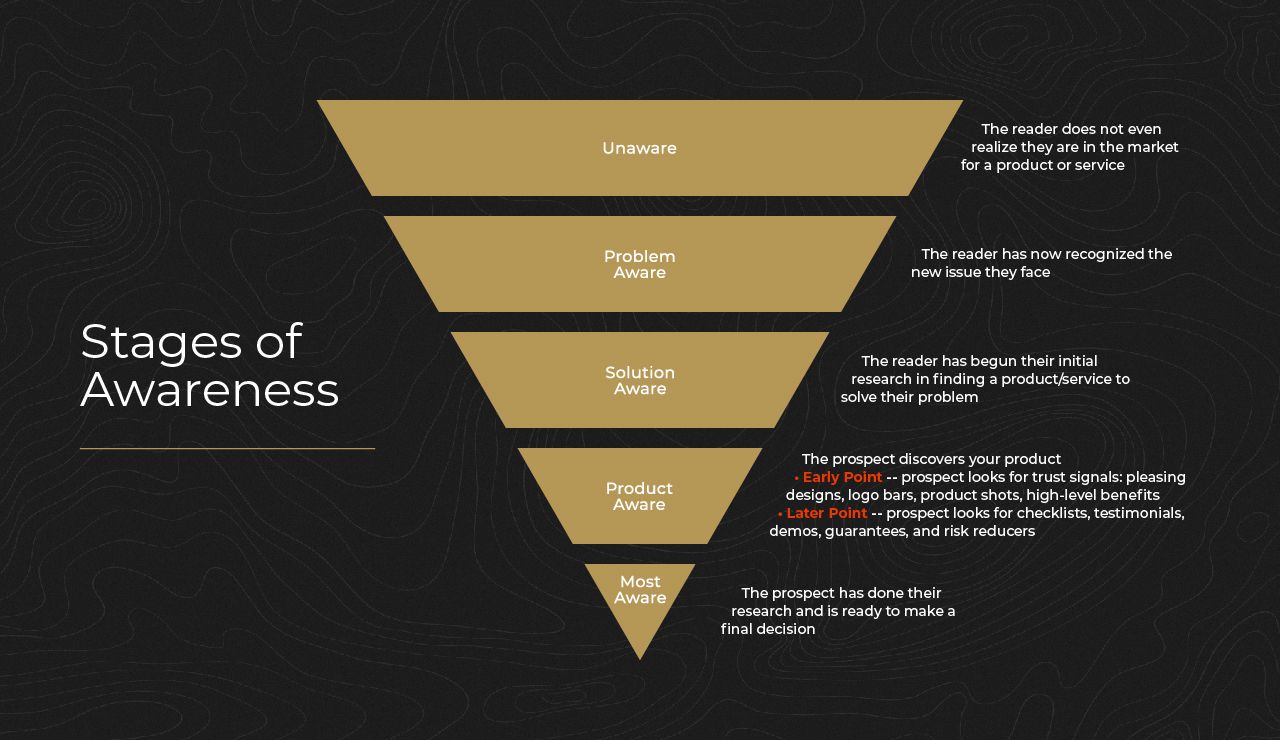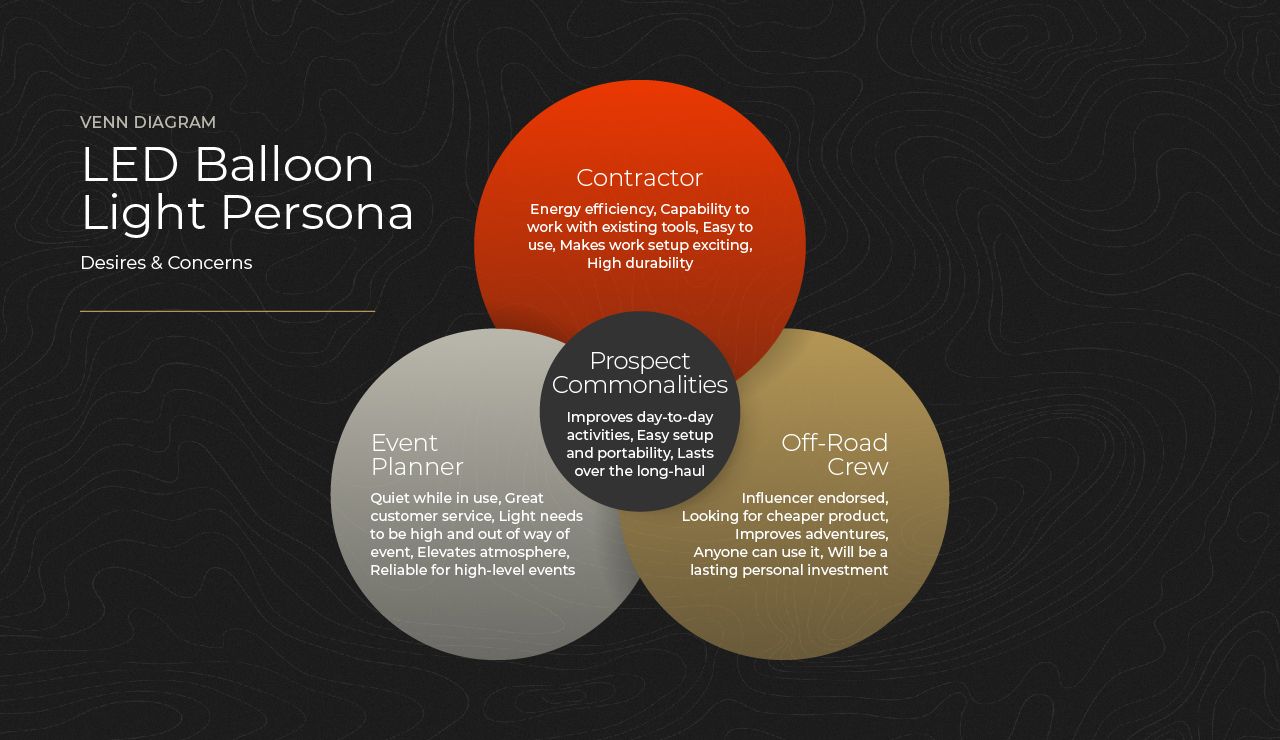Conversion Copywriting: From College Grad to Copywriter
The first question most people ask when they learn that I’m a copywriter is, “What the heck is copywriting?” I had the same question when I was first introduced to the craft, and since then, I’ve managed to work out a few basic definitions.
Copywriting Defined
Copywriting started out as signs outside of shops and print ads in newspapers and magazines. Before long, it evolved to target not only Sunday morning readers and mere passersby, but all possible users of a product.
Which brings us to today.
Digital marketing and growth hacking rules have shot us into a new era of copywriting: conversion copywriting, which is a term coined by Copyhackers founder, Joanna Wiebe.
Understanding Conversion Copy
Conversion copy is different from traditional copy in that it is meant to convince its audience to say YES. It is not measured by creativity, but by how effectively it translates to sales.
When the audience is deciding between multiple offers, the message is often the deciding factor. If your reader can resonate with you, they will eventually choose you. Conversion copywriting focuses on this principle paired with research to create prospect focused copy that drives sales.
Here are some basic rules to make sure you’re creating conversion focused copy.
Basic Fundamentals
Conversion copywriting isn’t all black and white, but these guidelines will help you check in with the quality of your conversion copy.
Conversion Copy vs. Standard Copy:
Conversion copy…
- is data-driven
- uses frameworks and formulas
- coaches the prospect along the awareness spectrum (conversion)
1. Conversion Copy is Data-Driven
Don’t start with a blank page and wing it - Voice of Customer research will tell you what to focus on.
Voice of Customer (VOC)
A critical part of conversion copy is knowing how your audience thinks. Only after thoroughly researching your audience’s unique thought process will you be able to truly speak in their language, which unlocks limitless conversion potential!
This is known as Voice of Customer.
What They Say, How They Say It
You can learn a lot about your customers just by researching what they’re already saying online. Pro Tip: Leverage Amazon reviews for instant insight into what your audience likes and dislikes. These reviews have been the long-trusted source of this information, but the internet has grown exponentially.
Reddit is also a great place to find out how people feel about both your brand and its competitors. There are millions of threads covering virtually every subject and product category you can think of.
Instagram and Facebook are a great source for user opinions, too. Whether it's ads placed by competitors, or comments on your latest organic post, there’s a ton of great insight to be gleaned from each respective platform.
Pro Tip: Try filtering through irrelevant noise using hashtags!
Qualitative Research Methods
Searching for information doesn’t always have to be indirect, either. In fact, it’s equally important to ask customers directly what they love and hate about your product. There are two primary avenues for this:
1. Using Interviews for Conversion Copy
Interviews are a great way to acquire in-depth and personal responses from your customers. Try reaching out to your email list and social following first. People will be more willing to participate than you think! Especially if you provide some kind of incentive – like a discount code or free sample.
When it comes to the actual interview, you’ll want to ask questions like:
- Where did you first hear about us?
- How long have you used us?
- What are your favorite aspects of our product?
- What would you change about our product?
- If our product was no longer available, how disappointed would you be?
- What is your favorite feature of our product?
By asking questions like these, you’ll nudge your customers into giving you advice on how to talk to your audience. You’ll gain invaluable feedback from consumers that know your product better than anyone else. They also act as a pair of fresh eyes, noticing pain points and benefits you may overlook.
Related Reading
Writing for Brands: Start-ups vs. Established
2. Using Surveys for Data-Led Copy
Surveys are another great tool for measuring your customers’ feelings about your offering. Once again, these can be sent out to your email list or posted as a link on your social media accounts. Use these tactics to strengthen your surveys:
- Use spectrum scales for qualitative analysis (e.g. Use Every Day to Never Use)
- True or false questions to confirm assumptions
- Open-ended questions that allow for detailed explanations
Using these frames in your survey questions, you’ll avoid simple yes/no responses that lack the substance you’re after. Instead, you’ll be able to test the validity of your assumptions and current copy trajectory.
2. Conversion Copy is Contextually Relevant
You only have a few words - so make them count!
Becoming Your Reader
In order to practice the Rule of One and optimize your conversion rate, you need to know the ins and outs of your audience. Part of this process is understanding market sophistication.

Market Sophistication
Market sophistication is your organization's understanding of exactly how many similar products and/or services the marketplace you’re operating in knows of already.
Low Market Sophistication
When market sophistication is low, that means that the market knows little about your category of solution. This means that you may need to spend time educating your audience on what the product and market even is. This informative content may come in the form of product pages, FAQ sections, or even ads explaining how to use your product.
Many examples of low market sophistication are surprising to millennials because they’ve lived their whole lives with these markets. For example, PayPal was the first of its kind – a platform to send money via email. Today, we have Venmo, Cash App, Apple Pay, and endless providers to send money virtually. But once upon a time the concept wasn’t so familiar.
High Market Sophistication
When market sophistication is high, that means the market knows all about your category of solution. This means you need to differentiate yourself from your competitors and ultimately offer something the competitor can’t.
A market with high sophistication could be cell phones, for example. There are several competitors in the market that most people are already aware of, such as Apple and Samsung. So, especially for emerging or “challenger” brands, it’s important to break into product awareness.
There are five stages within the awareness spectrum.

5 Stages of Awareness
Knowing where your reader sits on the awareness spectrum will greatly influence how you approach writing copy that converts.
1. Unaware
In the Unaware stage, the reader may not even realize they are in the market for a product or service. They are likely facing a problem that they have no solution for.
2. Problem Aware
In the Problem Aware stage, the reader has now recognized the new issue that they face. They have not yet started searching for a solution, but if it bothers them enough, they will soon.
3. Solution Aware
In the Solution Aware stage, the reader has begun their initial research in finding a product or service to solve their problem. They may resort to Google or consult with their friends for advice on a potential solution.
This initial research is like a seed; over time the reader will collect an abundance of research as they discover new information. They may even be considering several solutions at this point.
4. Product Aware
In the Product Aware stage, the prospect finally discovers your product.. They may refer back to their research from the Solution Aware stage to consider a purchase, but conversion copy is what will ultimately influence their decision. Most conversion copy is written for this stage of awareness, and there are two substages to pay attention to:
Early Point
At the Early Point in the Product Aware stage, the prospect is going to look for trust signals, pleasing designs, logo bars, product shots, and high-level benefits. They need information that will pull them in and give them something unique to remember the product by. This is a conversion copywriter’s time to shine!
Later Point Product Awareness
At the Later Point in the Product Aware stage, the prospect is going to look for checklists, testimonials, demos, guarantees, and risk reducers. They want information like warranties and customer reviews to back up their belief in the product. This is when having a killer website with expertly written web copy comes in handy.
5. Most Aware
In the Most Aware stage, you can start expecting a yes from the prospect. They have done their research and are ready to make a final decision.. At this stage, try using copy that leverages FOMO (or fear of missing out). Oftentimes, putting prospects on the clock is what ultimately drives conversion.
When you are considering all of these stages of the market, remember that your conversion copy should indicate that you know precisely where your audience is on their journey. You are hyper aware of both who you’re speaking with and what solves the issue they’re presently facing. This will ultimately lead prospects to feel confident in their decision to say YES to your offer.
3. Conversion Focused
Convert your research into writing.
How to Write Conversion Copy
Whether you’re a veteran copywriter or just starting out, these quick and easy copywriting tips are a great resource for when you’re feeling stuck or unsure. Whether it’s website copy or ad copy, these tips will help your message convert.
The Rule of One
The Rule of One has three clear markers:
- One reader
- One offer
- One value proposition
Let’s break these down…
One Reader
When you’re writing conversion copy, it’s important to have one audience you’re speaking to. This step requires some thorough research, because in most cases, there’s more than one persona that’s interested in what you have to say. It’s not about writing long-winded copy that hits every possible pain point for every single persona, but finding the major overlaps among them and keying in on those areas.
For example, let’s say we have three circles of people that comprise our product’s market. We want to list the qualities, desires, and anxieties that all three circles have individually and independently of one another. Then, we can find the few that ALL THREE share to create our one reader.

One Offer
Remember, conversion copywriting is about getting the user to say yes. Your audience likely has several brands and products doing something similar to yours. With so many options in front of them, it’s up to you to make your option the best and therefore the easiest to choose.
Whatever you’re promoting, whether it’s your brand, or a specific product, or a blowout sale, that’s your one offer. Give it to your audience plain and simple. Make it easy to say yes to! Too many options (or a confusing, muddled message) will make your audience less likely to make any decision at all. So stick with just one, and make it strong!
One Value Proposition
A value proposition is what your audience will get when they take you up on your one offer. The most powerful value propositions are often simple solutions to major problems that make you say, “Huh. Why didn’t I think of that?”
Wordstream highlights some strong, well-known value propositions. Apple’s value proposition, for example, is that “the Experience IS the Product”. The iPhone is unlike anything else on the market and that experience is what they are proposing to the customer.
Slack’s value proposition, on the other hand, is to “Be More Productive at Work with Less Effort”. Something like Slack’s ability to work effortlessly with several other applications within itself demonstrates this value proposition, essentially speaking for itself.
Notice how these value propositions connect to something much larger than the actual product. By offering one value proposition that promises and inspires, you’ll connect to a broader audience on a more personal, emotional level.
Pro Tip: Conduct "Message Mining" by analyzing your reviews (and your competitors' reviews). This is a gold mine to find proven pain points and the leading features/benefits that your audience really cares about.
PAS Framework
The PAS Framework stands for Pain, Agitate, Solve. This framework is helpful to use in messaging to combine both VOC data and place within the Awareness Stage into one storyline that resonates with the prospect.
Pain
The Pain, or Problem, section of this model gives you a chance to demonstrate that you see the pains bothering your prospect. When they read this part in your conversion copy, they should feel like you’re tapping into the conversation going on inside their head.
Agitate
In the Agitate section, you should be using more emotive language to really drive home the pain felt because of the problem. Don’t go too far and make the prospect wallow in their pain, but do make sure to offer a solution to their grief.
Solve
The Solve component is your time to shine as a conversion copywriter — layout the solution, your solution, that will change everything for the prospect moving forward. By using this model, you’re showing the audience empathy towards their pain points while also offering them an end to their suffering.
Pro Tip: After the solution is offered, add an outcome for the reader. Explain how their life will improve with your solution. You can use more descriptive language, or customer reviews as proof that what you’re saying is true.
How to Become a Copywriter
Whether this information felt totally natural or a bit unfamiliar to you, everyone has the potential to become a conversion copywriter. By using these tips and tricks, you can start writing copy that moves audiences and drives sales today!
To see what templates I use for frameworks and formulas, download them here.




Join the Discussion